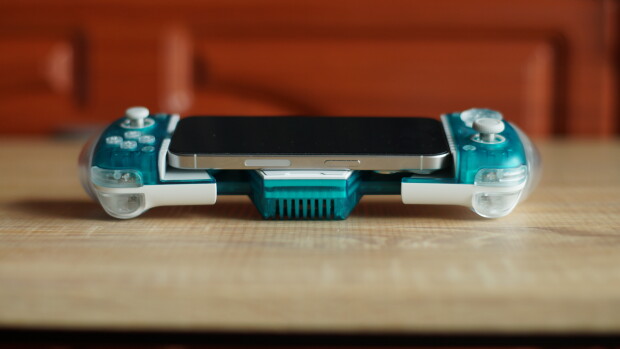
The past couple of weekends, we have been taking a look back at alternate PC operating systems that tried and failed to compete with Microsoft's Windows. Both of them employed user interfaces that were similar to Windows 95-98. One of them, BeOS, was developed completely from scratch, while another, Lindows, used Linux as its basis.
Both BeOS and Lindows were created by start-up companies. However, another contender for a Windows OS competitor in the late 1990s-early 2000s came from a well-established software company, Corel.
Corel was founded in Canada in 1985, and early in its history, it had a hit software product with the graphics editor CorelDRAW. In January 1996, the company decided to purchase the WordPerfect word processor program from Novell in a deal that at the time was worth $180 million.
In a report from Deseret News about the deal, Corel's purchase of WordPerfect quickly turned the business into the world's second-largest software company, behind only Microsoft. Corel's Chairman Michael Cowpland stated his hopes that the company could compete with Microsoft in the early stages of the consumer internet.
The Internet . . . is not being controlled by Microsoft and companies like ourselves are able to jump on that as far as anybody else.

It's clear that Corel was going after Microsoft's growing market share for PC software with the purchase of WordPerfect. However, Microsoft's own Word software was becoming the dominant product in the word processing space. So in 1999, Corel decided to go after Microsoft in their biggest software area: the PC operating system.
As reported by CNN in November 1999, the company first announced Corel Linux OS at the Comdex trade show. ZDNet stated at the time the operating system was based on the Debian 2.2.12 version of Linux, which Corel chose because it felt Debian had quality coding.
ZDNet stated the user interface for the OS was based on the KDE 1.1.2 desktop environment. It was certainly familiar to anyone who used Windows 95 or 98 at the time, but it offers some extras like being able to customize the themes of the UI. It also had its version of a File Manager, which again was designed to look and act much like the File Manager on Windows 95/98.
Yet another selling point was its relatively short (at that time) installation. ZDNet stated that it would take about 20 minutes to install the OS on an Intel-based PC.
The company offered three different versions of Corel Linux OS when it launched; there was a free version anyone could download from Corel's site. there was also a standard boxed version that was available for $49, which included 30 free days of email customer support and a limited version of WordPerfect.

There was also a Deluxe boxed edition of the OS that was priced at $89. People not only got Corel Linux OS, full print manuals, a full version of WordPerfect, and 30 free days of email and phone support, but it even came with a small rubber Linux penguin figure in the box.
Unfortunately for Corel, no one seemed interested in using their Linux based operating system. The company did release a second major update for the OS in August 2000, but it didn't gain traction either. In August 2001, according to Wired, Corel sold off its Linux business to a startup company called Xandros. That business sold a version of Corel Linux under the name Xandros Desktop. Ironically, Xandros's software was eventually acquired by PC/OpenSystems, which also owns Linspire, the former name of Lindows.
Corel itself continues to offer versions of CorelDRAW, WordPerfect, and other software products. However, in September 2022, the parent company rebranded itself as Alludo, which is supposed to mean "all you do.” It also is the parent of many other software products, including WinZip, Parallels, and more.


















12 Comments - Add comment